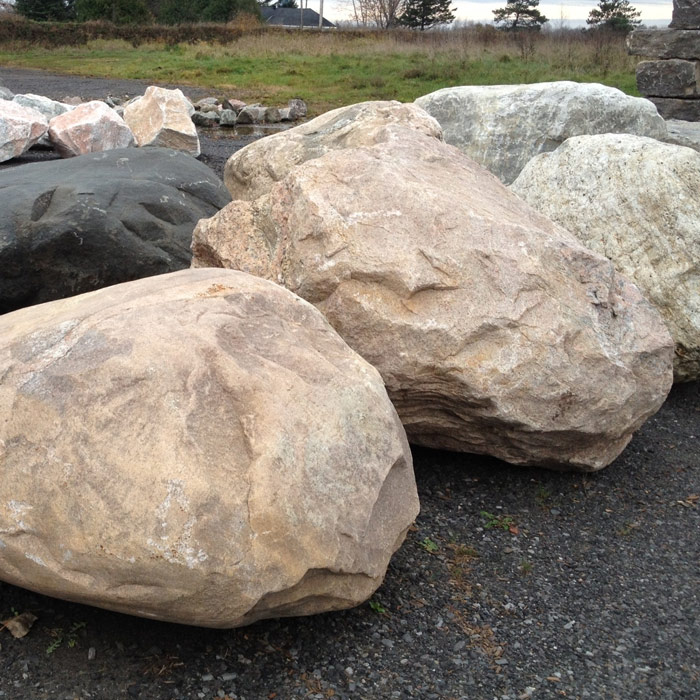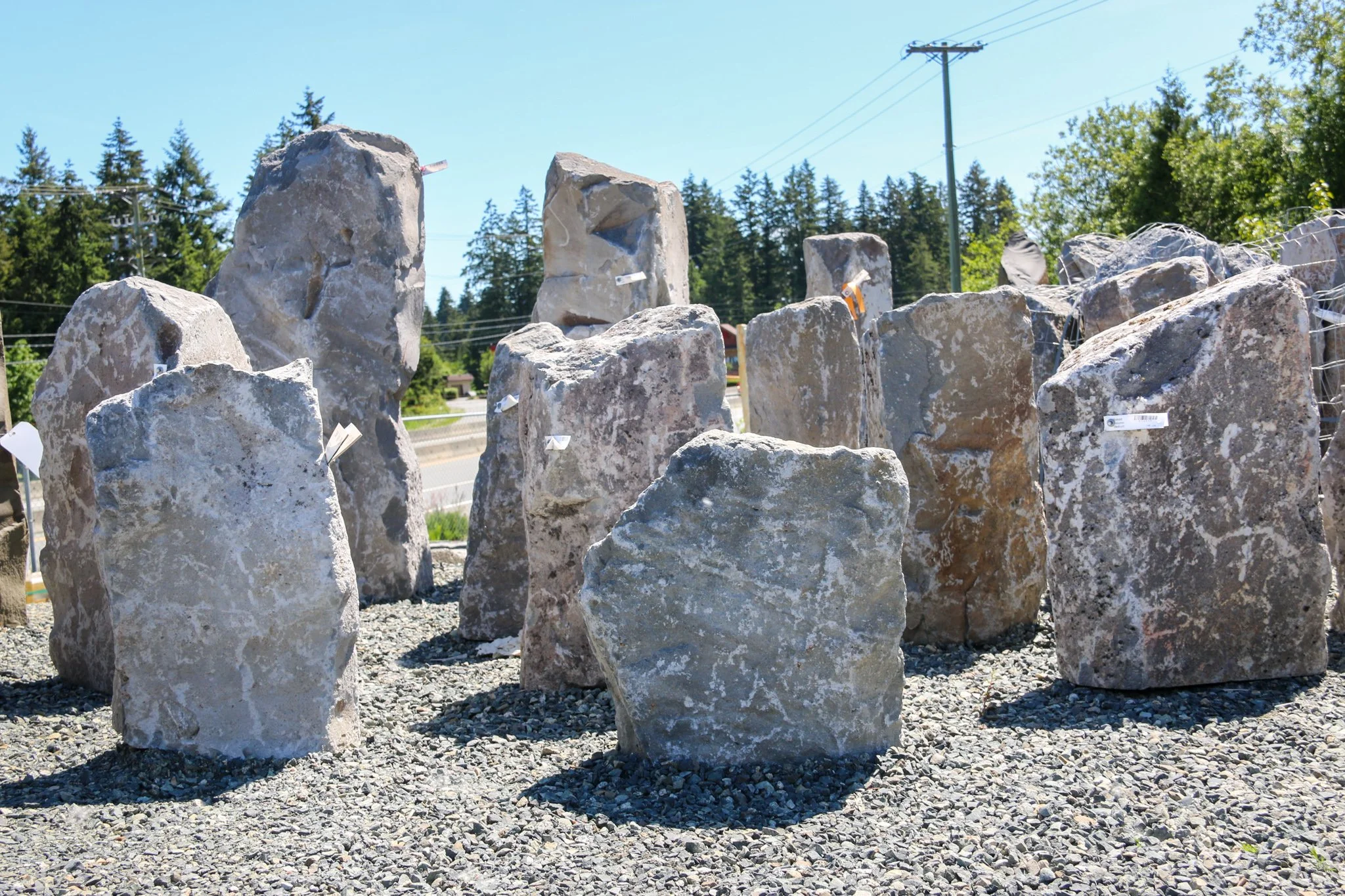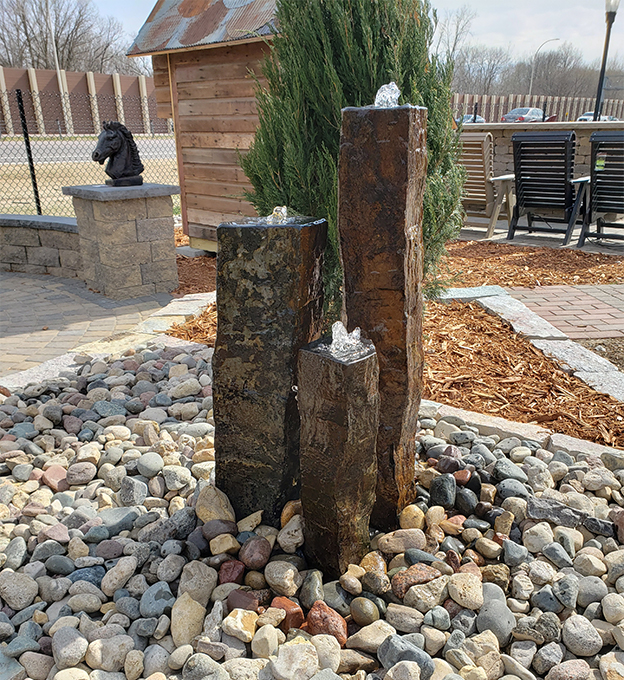When it comes to landscaping, few elements can make as significant a statement as decorative large rocks. Over the years, I’ve experimented with various design elements in my garden, and decorative rocks have consistently stood out as a versatile and eye-catching choice. In this extensive guide, we will delve into everything you need to know about decorative large rocks—from their types and uses to the pros and cons of incorporating them into your landscape. Let’s get started!
The Beauty of Decorative Large Rocks
Decorative large rocks not only bring a natural beauty to your outdoor spaces but also provide a range of practical benefits. They can be used to create focal points, define boundaries, or simply add character to your garden. Their variety in size, shape, and texture is vast, allowing you to tailor them to fit any design aesthetic.
Types of Decorative Large Rocks
Understanding the different types of decorative rocks is crucial for making an informed choice that complements your landscape. Here are some popular options:
1. River Rocks
River rocks are smooth, rounded stones that come in various colors. Their natural look makes them perfect for pathways, garden beds, and water features.
2. Granite Boulders
Granite boulders are durable and ideal for creating a rustic look. They can be used as focal points or seating arrangements in your garden.
3. Lava Rocks
Lava rocks are lightweight and porous, making them a unique option for gardens. They are often used in fire pits and as mulch for their excellent drainage properties.
4. Flagstone
Flat pieces of stone used for patios and walkways, flagstone adds a sophisticated flair to outdoor spaces.

5. Pebbles
Pebbles are smaller, polished stones that can serve as decorative ground cover or accents in pots and planters.
Choosing the Right Decorative Rocks for Your Landscape
Selecting the right decorative rocks for your landscape requires consideration of various factors. Here are some key points to consider:
Factors to Consider
- Color: Choose colors that complement your home and garden.
- Size: Larger rocks can serve as focal points while smaller ones might work better as accents.
- Texture: Textured rocks can add depth and interest to your landscaping.

Comparison Table of Common Decorative Rocks
| Type of Rock | Color | Best Use | Durability | Price Range |
|---|---|---|---|---|
| River Rocks | Brown, grey, blue | Pathways, beds | High | $0.50 – $1.50 per lb |
| Granite Boulders | Grey, pink | Focal points, seating | Very High | $100 – $300 each |
| Lava Rocks | Red, black | Fire pits, drainage | High | $0.40 – $1.00 per lb |
| Flagstone | Various | Patios, walkways | High | $2 – $5 per sq ft |
| Pebbles | Multiple | Ground cover, accent | High | $3 – $6 per bag |
Using Decorative Rocks in Your Landscape Design
Once you’ve selected your decorative rocks, it’s time to think about how to incorporate them into your landscape design. Here are some creative ideas:
/product/46/029383/1.jpg)
Creating Focal Points
Use a large granite boulder or lava rock as a centerpiece in your garden design. Surround it with plants that contrast in color and height to draw attention.
Pathways and Walkways
Incorporate river rocks into pathways for a natural look. They can help guide visitors through your garden while adding texture underfoot.

Water Features
If you have a pond or water feature, consider using flat stones like flagstone around the edges. They can soften the transition from water to land.
Container Gardening
Enhance potted plants by adding pebbles or smaller decorative rocks on top of the soil. This not only improves the aesthetic but helps retain moisture.

Pros and Cons of Decorative Large Rocks
Like any landscaping feature, decorative large rocks come with their own sets of advantages and disadvantages. Here’s a detailed breakdown:
Pros
- Durability: Most decorative rocks are built to last, making them a long-term investment.
- Low Maintenance: Once placed, they require minimal upkeep compared to plants.
- Versatility: Rocks can be used in a variety of ways, from paths to sculptures.

Cons
- Cost: Depending on the type, decorative rocks can be expensive.
- Weight: They can be heavy, making transportation and placement challenging.
- Lack of Color Variability: Unlike plants, rocks do not change color with seasons.
Maintaining Your Decorative Rocks
While decorative rocks are low maintenance, some care is still needed to keep them looking good:

Cleaning Your Rocks
Over time, rocks can accumulate dirt and algae. A simple solution of soap and water, along with a scrub brush, can do wonders. For tougher stains, consider using a pressure washer.
Weed Control
Weeds can sneak through the cracks between rocks. Regularly check for them and remove them by hand or use a weed barrier under the rocks for added prevention.
FAQs About Decorative Large Rocks
1. How much do decorative large rocks cost?
The price of decorative rocks can vary significantly based on type and size, generally ranging from $0.40 to $5 per pound or square foot.
2. Can I use different types of rocks together?
Absolutely! Mixing different types of rocks can create a unique and visually appealing landscape. Just ensure that they complement each other in color and texture.
3. Are decorative rocks suitable for all climates?
Yes, decorative rocks are adaptable to various climates. However, it’s essential to select types that can withstand local weather conditions.
4. How do I install decorative rocks?
Installation typically involves clearing the area, laying a weed barrier, and placing the rocks according to your design. Larger rocks may require sturdy tools for lifting.
5. Do decorative rocks attract pests?
Generally, decorative rocks do not attract pests, but they can provide hiding spots for certain insects. Regular maintenance can help mitigate this.
Conclusion
Decorative large rocks can transform any landscape into a stunning work of art. They not only enhance the aesthetic appeal but also offer practical benefits that can make your outdoor space more enjoyable. Whether you’re creating a serene garden retreat or a vibrant backyard entertainment area, incorporating decorative rocks can help you achieve your desired look. With the insights shared in this guide, you’re now equipped to make informed choices that will elevate your landscaping game!